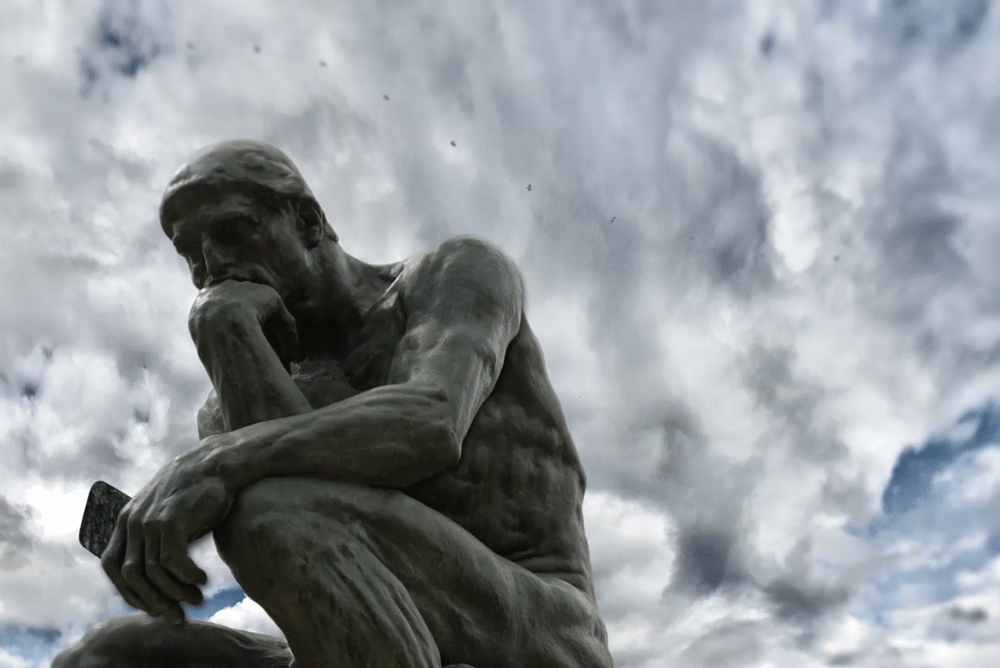I wrote this short “think piece” just before heading out the door on a trip to our old stomping grounds in South Florida.
The timing is a coincidence, with zero connections to some follow-up reflections on my recent post — “New York Times offers flashback to sacraments offered by the priest of the Parrotheads” — about some religion “ghosts” linked to coverage of the late singer-songwriter Jimmy Buffett.
I had no idea that there would be some Catholic-press coverage pointing to some faith-centered threads in his music. Hold that thought. Here is a small chunk of my GetReligion post noting the Big Idea in the Times story:
The basic idea is that the singer-songwriter was a kind of guru-priest who was looking at the humdrum lives being lived by millions of Americans. He saw this and, looking out from the center microphone on stage during his never-ending tours, he had compassion on them.
After all, he had seen this relationship before. When fans sang along in the crowd, it created, as noted in the Times feature, a “unified hum, reminding Mr. Buffett of the recitation of prayers in church during his altar boy days.”
Was there more to the theological content of Buffett’s lyrics than that? The Catholic News Agency offered a feature with the headline, “Jimmy Buffett: more Catholic than you think?”
While admitting that there was little overt Catholic content in the singer’s public life and remarks, this new piece dug back to earlier interpretive work by Stephen M. Metzger, writing for the Church Life Journal at Notre Dame University.
“[I]t is clear that Catholicism left an indelible mark on his imagination,” wrote Stephen M. Metzger, a scriptor (cataloguer of Latin manuscripts) and graduate of the University of Notre Dame’s Medieval Institute. … Buffett attended St. Ignatius Catholic School and went on to graduate from McGill-Toolen Catholic High School, which remains the most prominent Catholic high school in Mobile, Alabama.
Metzger said evidence of Buffett’s Catholic upbringing shone through in his work, even if his songs weren’t explicitly Catholic.










